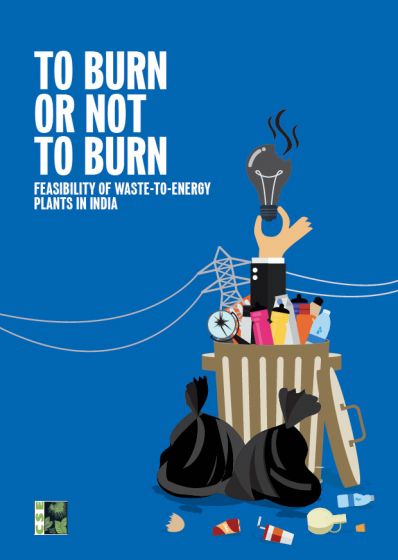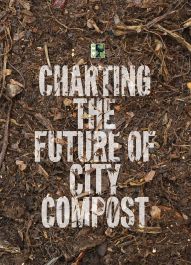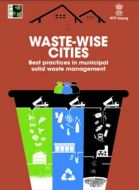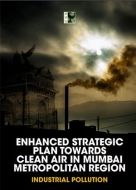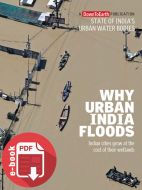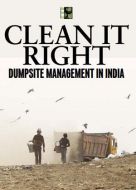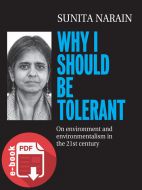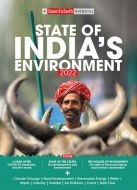To Burn or Not to Burn: Feasibility of Waste-to-Energy Plants in India
by Swati Singh Sambyal, Richa Agarwal
Out of stock
Out of stock
Urban India produces around 55 million tonnes of municipal solid waste (MSW) every year. Of this, only about 25 per cent is processed, i.e. recycled... Read More
- Download Attachment
 Contents
Contents About the Book
About the Book Copyright
Copyright Sample Pages
Sample Pages
Urban India produces around 55 million tonnes of municipal solid waste (MSW) every year. Of this, only about 25 per cent is processed, i.e. recycled or converted into energy. The remainder finds its way into dumpsites or is burned openly.
Waste generation in urban India is increasing by 5 per cent every year because of the increasing population and consumption. It is estimated that MSW generation would reach a staggering 150 million tonnes by 2030—thrice current levels. In such a situation, how should the country manage its waste?
The easy answer that urban policymakers turn to is to burn waste in Waste-to-Energy (WTE) plants. This report examines whether WTE should be the first choice to manage MSW in India.
| Co. Author | Swati Singh Sambyal, Richa Agarwal |
|---|---|
| Publication | Centre for Science and Environment |
| Year | 2018 |
| Pages | 52 |
| ISBN | 978-81-86906-25-5 |
| Language | English |
| Type | Paperback |
×
Write Your Own Review


